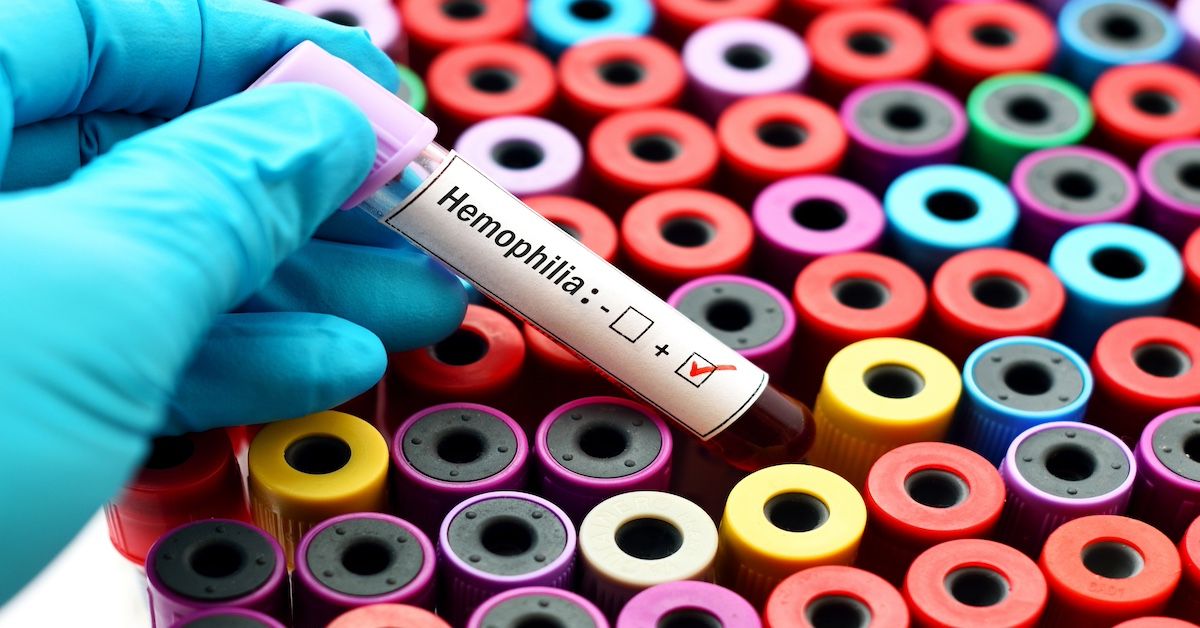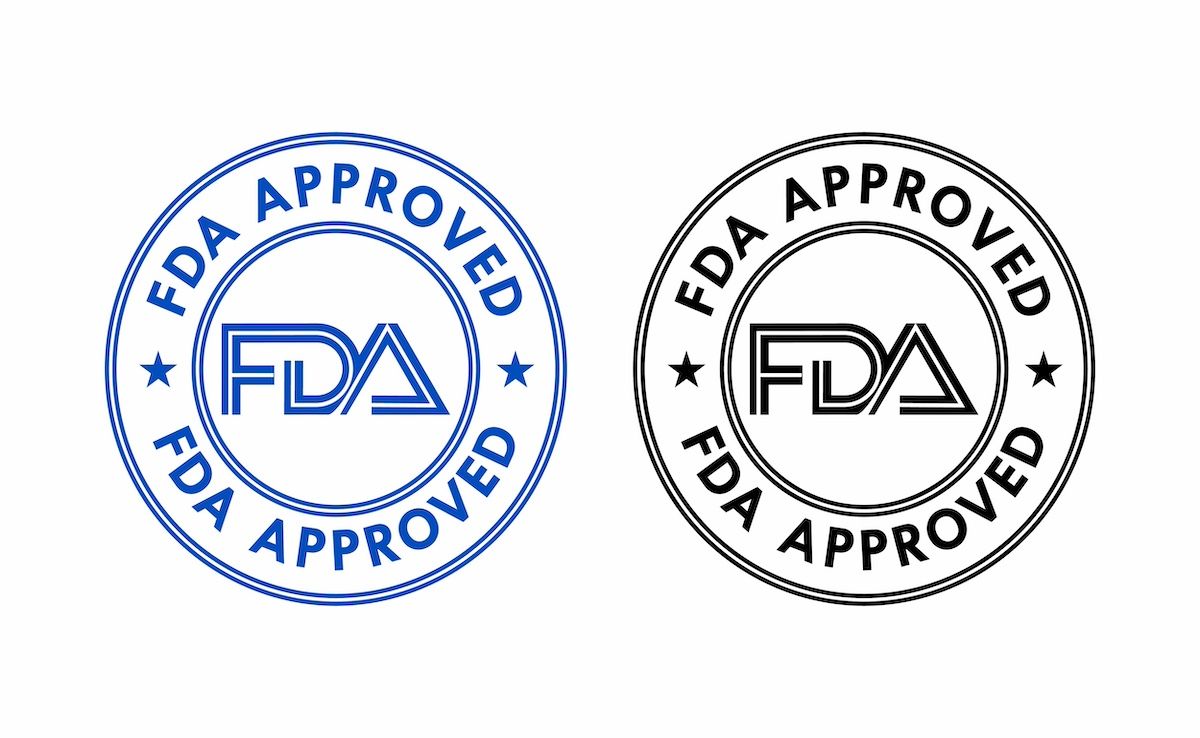Article
Routine Mental Health Screening Critical for Patients With Sickle Cell Disease, Caregivers Amid Pandemic
Author(s):
Prior to the pandemic, youth with sickle cell disease were more likely to report depressive symptoms, but the opposite was true during the pandemic.
The COVID-19 pandemic has had significant impacts on youth with sickle cell disease (SCD) and their caregivers, according to a new report.
Physicians treating people with SCD ought to include screening for mental health symptoms and food insecurity, according to the authors of the study, which was published in the journal Pediatric Blood & Cancer.
People with SCD were situated in a particularly difficult spot when the pandemic began, explained corresponding author Nancy S. Green, MD, of the Columbia University Irving Medical Center, and colleagues.
People with SCD are subject to social, economic, and disease-related factors that can raise the risk of depression and anxiety, the authors noted, and those conditions in turn can affect the ability of patients and their caregivers to adequately self-manage their disease. In addition, Green and colleagues said most of the patients with SCD in the United States are Black and/or Latino, “whose communities are disproportionately under-resourced and vulnerable to social factors.”
When the COVID-19 pandemic hit, social and economic structures were disrupted, raising the risk of social isolation and economic insecurity, the authors noted. Moreover, Black Americans with SCD were more likely than Black Americans without SCD to be hospitalized and be diagnosed with pneumonia when they became infected by SARS-CoV-2, the virus which causes COVID-19.
Green and colleagues wanted to better understand how the pandemic affected the mental health of people with SCD and their caregivers, so they turned to the Hydroxyurea Adherence for Personal Best in Sickle Cell Treatment (HABIT) trial, which was conducted between 2018 and 2021 and was aimed at improving youth adherence to hydroxyurea therapy.
The trial enrolled a total of 50 dyads that included youth with SCD between the ages of 10-18 years, along with their primary caregivers. Most of the trial’s participants (89%) were enrolled before the start of the pandemic, giving investigators at the multi-site trial a window into how the pandemic affected patients and caregivers. Participants completed questionnaires about their depressive symptoms, and their social vulnerability was calculated using the CDC’s Social Vulnerability Index (SVI).
At the start of the pandemic, the enrollees had an average SVI score of 0.81, which was considered high. At the same time, 58.3% of youth in the survey (with an average age of 14.2 years) and 15.8% of caregivers reported depressive symptoms.
However, when the dyads were surveyed again in the midst of the pandemic, the results flipped, with more caregivers reporting mental health challenges than patients. Just 5.6% of youth reported depressive symptoms during the pandemic, compared with 21.1% of caregivers; 2.8% of youth reported anxiety, compared with 23.7% of caregivers. This was true even though more youth (83.3%) reported changes in their work or school routines than caregivers (52.6%).
Three youths and 5 caregivers said they had experienced food insecurity. And members of 6 of the dyads reported a “red flag” issue, which Green and colleagues said included daily mental health symptoms, substance or verbal abuse, and/or food insecurity.
The investigators said their data show that mental health symptoms increased during the pandemic for people providing care to patients with SCD, but they said the data show patients were also affected.
“Adolescents overall appear to be sensitive to the pandemic’s social impacts, and families, affected by SCD and high SVI may be especially vulnerable,” they wrote.
The investigators concluded that routine screening for mental health symptoms, social disruption, verbal abuse, and food insecurity may be important facets of SCD care during the pandemic.
“Identifying these issues may help to focus attention on the need for interventions for families,” they said, “for example, state or federal aid programs and/or available mental health services to support the health and mental health of youth with SCD and their caregivers.”
Reference:
Green NS, Manwani D, Smith-Whitley K, Aygun B, Appiah-Kubi A, Smaldone AM. Mental health assessment of youth with sickle cell disease and their primary caregivers during the COVID-19 pandemic. Pediatr Blood Cancer. Published online May 25, 2022. doi:10.1002/pbc.29797





